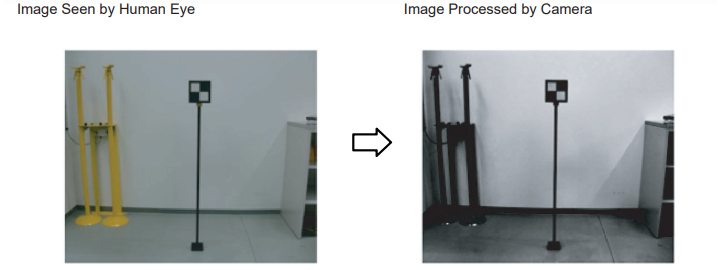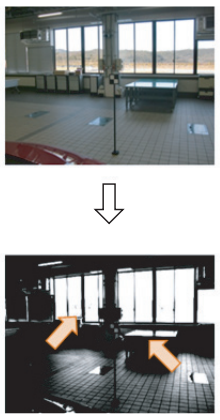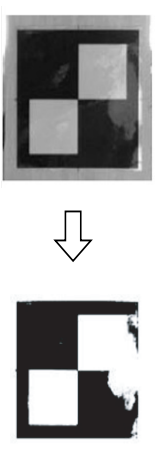Today we talk about everyone’s favourite driver assistant systems, lane departure warning, lane keep assist and lane centring. As annoying as they can be and where the latter two can feel as if the car takes control although only briefly, it can unnerve someone not used to it.
That being said,
Road departure is a leading cause of single vehicle and frontal crashes, however the implementation of Lane Assistance systems it can significantly reduce these accidents. Typically, these accidents occur when drivers unintentionally veer towards and cross the marked lanes. Often, drivers are unaware of the potentially hazardous situation until it reaches a critical point. The wheels of the car may end up on the grass or gravel at the roadside, or in severe cases, the car may even find itself in the path of oncoming traffic. This sudden realization often triggers panic, causing the driver to possibly lose control of the car resulting in a crash. These accidents tend to result in severe injuries, however they can be effectively prevented with the use of a lateral support system, leading to substantial safety improvements.
Lane Departure Warning (LDW)
LDW systems only provide the driver with visual, audible and/or vibration warnings, the vehicle will not intervene in any way.
Lane Keep Assist (LKA)
LKA systems will warn the drive like LDW and if not acted upon will take steps such as making small corrections to the electronic power steering or applying the brakes to one wheel to bring the car back into the lane.
Lane Centring Assist (LCA)
LCA System uses keeps you cantered in your lane by using the vehicles electronic power steering to make minor steering inputs.
It is imperative the driver remain in complete control of the vehicle and have full engagement with their surroundings. All of these systems require the driver keep their hands on the wheel and will remind the driver as soon as it detects no driver input.
These systems, rely heavily on the forward-facing camera located behind the windscreen. Additionally, they rely on the road markings are clear and visible so the image processor can accurately detect the lanes in real time so LDW, LKA & LCA all function safely and correctly.

If the camera has been removed for a windscreen replacement or any other reason, when the camera is re installed it will be on a different angle (Pitch, Yaw & Roll). It only takes very slight variation to cause lane detection to be inaccurate. Either detecting too early where LKA might pull you back towards the center of the lane, or too late which may end up with the vehicle crossing the lanes possibly into oncoming traffic, this is where calibration comes in.
Calibration plays an important part in maintaining the safety and accuracy of these systems.
Some front cameras operate through recognition of differences in contrast, a high contrast pattern target is used when performing static calibrations. What the front camera recognises as high contrast is not limited to what appears as black and white to the human eye. Depending on how light strikes the target, the white part of the target may look dark to the camera and the contrast will be detected as low. If there are overhead lights, windows, reflective objects, or high contrast objects behind the target, the contrast will be detected as high.
Therefore, the environment the calibration is conducted in is just as important, such as flat and level ground, undercover with consistent lighting and away from objects that could be miss recognised as targets.

Light Shining from Behind Target (Backlit):
Such as a window or open roller door will cause the target will appear dark to the camera. The contrast of the black and white parts of the target will decrease and the target may not be recognised.

Target Partially Illuminated:
Uneven illumination on the surface of the target can lead to a reduction in contrast between its black and white parts, potentially resulting in the target being unrecognized.

Reflections on Target:
If an object, such as clear adhesive tape, is attached to the target surface or if the target is laminated, the target surface will reflect light. As the reflected light will appear white to the camera, the target may not be recognised.

Target has inadequate lighting:
When the target is positioned in a dimly lit area, the diminished contrast between the target and its background may result in the target being unrecognized.

In conclusion, driver assistance systems like lane departure warning, lane keep assist, and lane centring assist play a crucial role in improving road safety. They effectively reduce the risks associated with road departure accidents by alerting drivers to potential lane deviations and assisting them in staying within their lanes.
While these systems provide visual, audible, and/or vibration warnings, lane keep assist and lane centring assist go further by intervening when necessary, making minor steering corrections or applying selective braking to keep the vehicle in its lane.
It is important to note that drivers must remain engaged and in control of the vehicle at all times. The systems serve as aids, reminding drivers to keep their hands on the wheel and actively participate in driving.
Calibration is a vital aspect of maintaining the accuracy of these systems. Conducting calibrations in controlled environments, using high contrast pattern targets, is essential to ensure optimal performance. Factors such as backlighting, uneven illumination, inadequate lighting, and reflections on the target should be carefully addressed during the calibration process.
In summary, driver assistance systems significantly contribute to road safety by reducing the risks of road departure accidents. By staying attentive, utilizing these technologies effectively, and ensuring proper calibration, drivers can enhance safety and minimize the occurrence of lane deviation incidents.


I enjoyed reading this article. Thanks for sharing your insights.